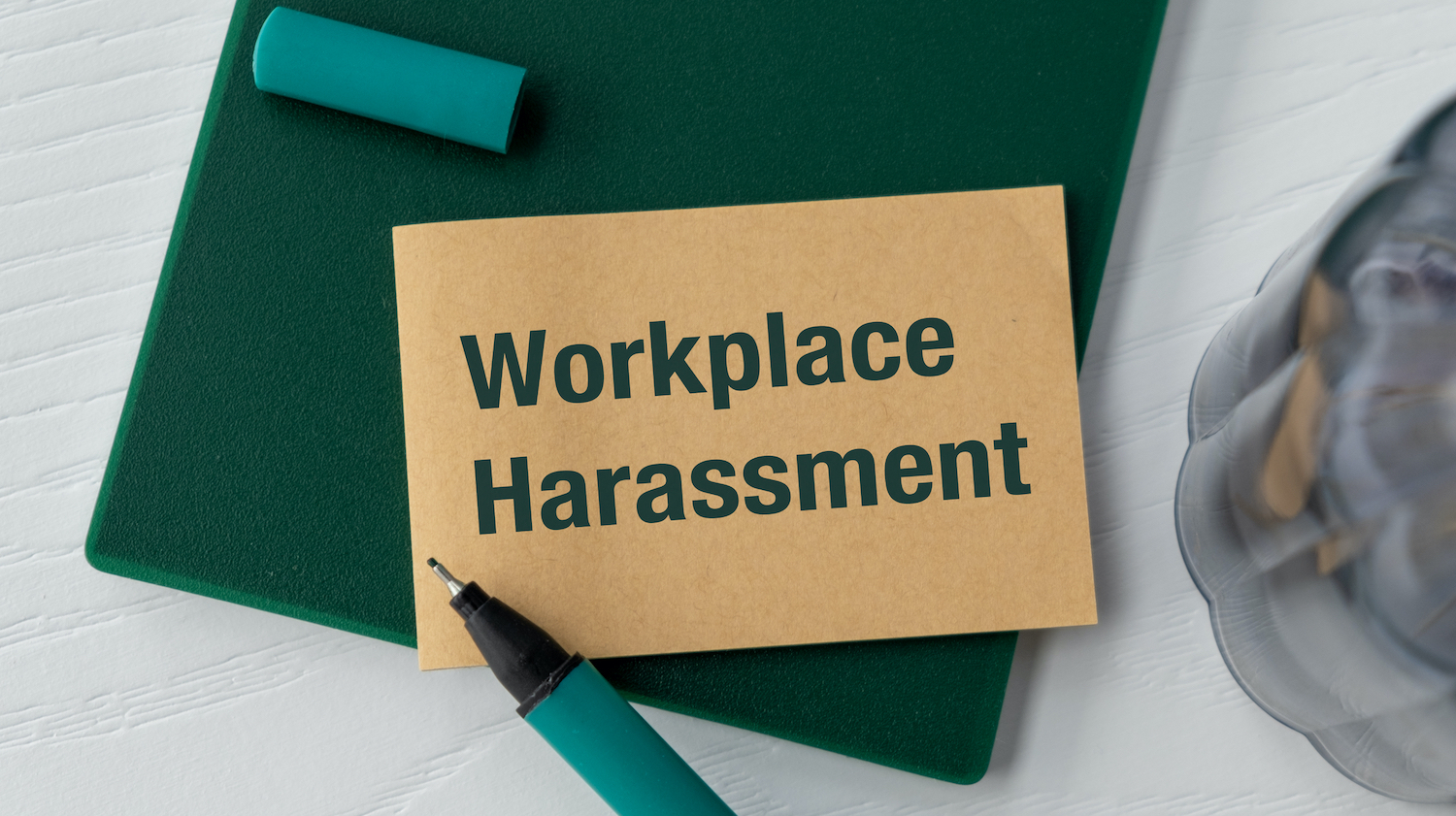Prioritising mental health in the workplace
Is your company doing enough to foster a supportive work environment where employees can readily access mental health and wellbeing resources?
It’s World Mental Health Day on 10 October – and this year’s theme focuses on workplace mental health.
The annual event, championed by the World Federation for Mental Health, encourages people to come together to talk about mental health and show that it matters.
This year’s theme highlights how important it is for businesses to address mental wellbeing at work and brings much needed attention to the important role that organisations play in supporting the mental wellbeing of their workforce.
How significant is the problem?
Sickness absence levels in the UK remain high and mental ill health is a leading cause of this.
We are still feeling the impact of the pandemic, including on working practices. Whilst there are clear benefits to increased agile and flexible working, it has also led to a blurring between the boundaries of work and home life.
This is something the Labour Party acknowledged in its Plan to Make Work Pay: Delivering a New Deal for Working People in which it pledged to introduce a "right to switch off" for employees.
There is no concrete detail yet on the form that this new right will take and when it will take effect.
Mental wellbeing is one of the four pillars of wellbeing; the others being physical, social and financial wellbeing. It’s essential that a wellbeing strategy is based on all four pillars
Work-related stress can lead to burnout and mental health conditions such as anxiety or depression. The likelihood of sickness absence is increased, as well as a negative impact on productivity and performance.
Employers need to foster a culture where people can be themselves at work and reach out for help without fear of being stigmatised.
It can be difficult for employees to talk about their mental health, and the problems it poses, with their employer; sometimes people will try to struggle on alone without reaching out for help.
Consider a wellbeing strategy
A proactive way of showing and delivering your commitment to your employees’ wellbeing is by introducing a wellbeing strategy.
So, what should form part of a wellbeing strategy? Mental wellbeing is one of the four pillars of wellbeing; the others being physical, social and financial wellbeing. It’s essential that a wellbeing strategy is based on all four pillars.
An effective strategy should be tailored to your organisation’s needs; there is no one-size-fits-all approach.
Consider where your challenges are and what you are trying to tackle with your strategy. It may be sickness absence statistics, retention levels, staff satisfaction levels and/or performance and productivity.
It is also important to consider how you can measure this over time to see if your strategy is working.
Engage staff to find out which wellbeing initiatives are most important to them, so that you do not waste time putting things in place that are not going to be used in practice.
Lastly, it’s important to communicate the strategy, your wellbeing activity and resources. Make sure that staff can access the support and benefits available to them.
You should also ask for feedback from staff so that your approach to wellbeing can develop over time to fit your needs.
Reasonable adjustments
It is also important for employers to remember that serious and long-term mental health conditions can be a disability under the Equality Act 2010.
Where an organisation knows or ought reasonably to know that a mental health condition is a disability, it is under a proactive duty to make reasonable adjustments to alleviate any disadvantage caused by the disability.
Where an organisation knows or ought reasonably to know that a mental health condition is a disability, it is under a proactive duty to make reasonable adjustments to alleviate any disadvantage caused by the disability
If an employee has a mental health problem, employers must take it seriously and approach it with the same care as would be taken with a physical illness.
Managers should remember that mental ill health is personal to the individual, so adjustments need to be bespoke and kept under regular review. Stress risk assessments can also be a useful tool to identify triggers.
Acas has recently published some guidance, Reasonable adjustments at work, which contains a section on mental health adjustments.
It sets out practical guidance and examples of potential reasonable adjustments, such as changing someone’s role or responsibilities, reviewing tasks or deadlines, breaking down work into short-term tasks, and reviewing an individual’s responsibilities to reduce those that are more stressful.
It also suggests reviewing communication styles to help reduce anxiety – such as avoiding spontaneous phone calls – and changing the physical working environment by allowing someone to work from home or relocating someone’s workplace to a quieter area.
Imogen Reseigh is managing associate at Trowers & Hamlins.
Mental health support and advice for CIOB members, past members and related family is available through CIOB Assist. CIOB, in partnership with Anxiety UK, also provides wellbeing support.For additional support or advice, contact the Samaritans by calling 116 123.
Support is also available via the industry charity Lighthouse Club by calling the support line on 0345 605 1956 or texting HARDHAT to 85258.







